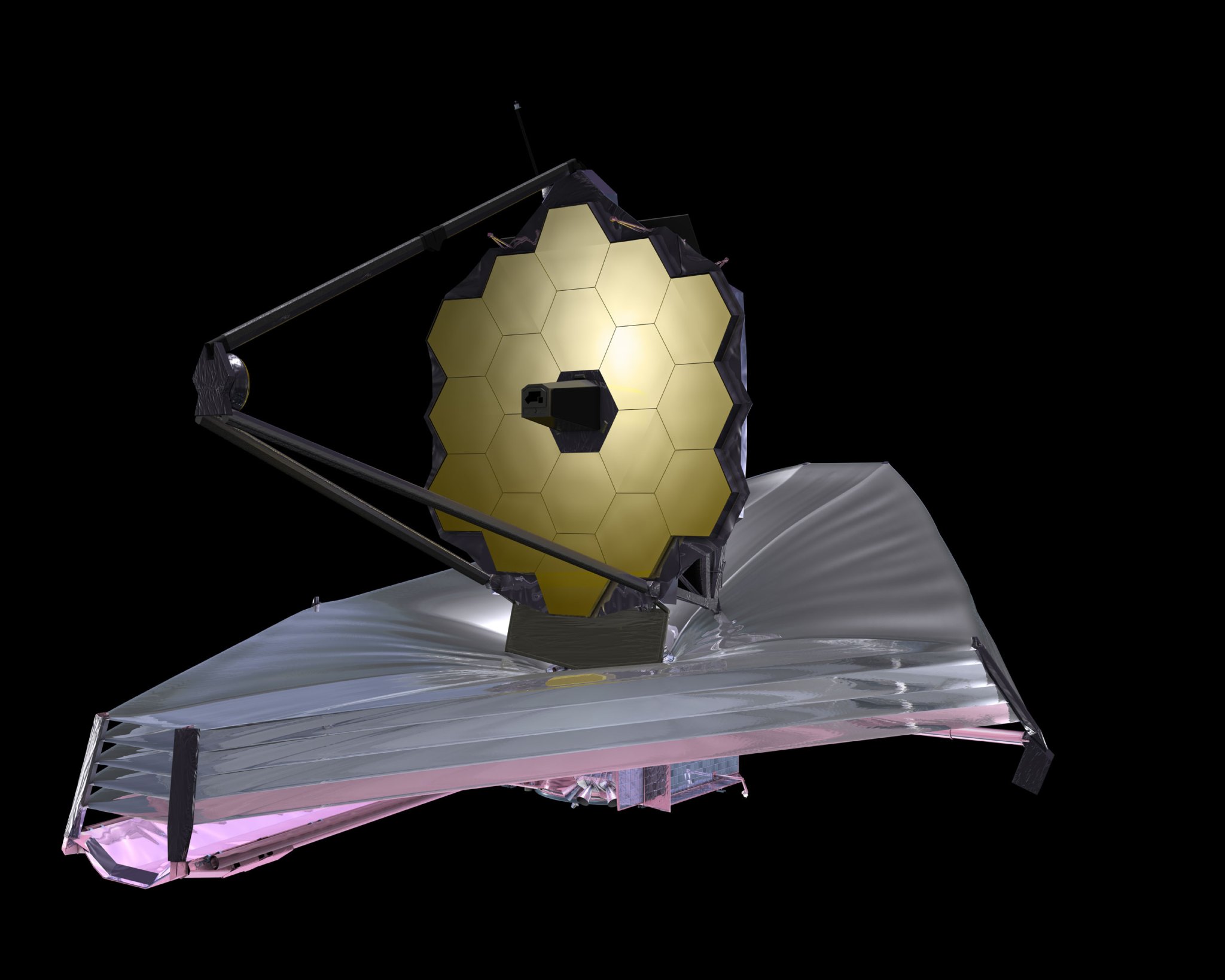
Many scientists believe we are not alone in the universe. It’s probable, they say, that life could have arisen on at least some of the billions of planets thought to exist in our galaxy alone — just as it did here on planet Earth. This basic question about our place in the Universe is one that may be answered by scientific investigations. What are the next steps to finding life elsewhere?
Experts from NASA and its partner institutions addressed this question on July 14, at a public talk held at NASA Headquarters in Washington. They outlined NASA’s roadmap to the search for life in the universe, an ongoing journey that involves a number of current and future telescopes. Watch the video of the event:
Credits: NASA TV
“Sometime in the near future, people will be able to point to a star and say, ‘that star has a planet like Earth’,” says Sara Seager, professor of planetary science and physics at the Massachusetts Institute of Technology in Cambridge, Massachusetts. “Astronomers think it is very likely that every single star in our Milky Way galaxy has at least one planet.”
NASA’s quest to study planetary systems around other stars started with ground-based observatories, then moved to space-based assets like the Hubble Space Telescope, the Spitzer Space Telescope, and the Kepler Space Telescope. Today’s telescopes can look at many stars and tell if they have one or more orbiting planets. Even more, they can determine if the planets are the right distance away from the star to have liquid water, the key ingredient to life as we know it.
The NASA roadmap will continue with the launch of the Transiting Exoplanet Surveying Satellite (TESS) in 2017, the James Webb Space Telescope (Webb Telescope) in 2018, and perhaps the proposed Wide Field Infrared Survey Telescope – Astrophysics Focused Telescope Assets (WFIRST-AFTA) early in the next decade. These upcoming telescopes will find and characterize a host of new exoplanets — those planets that orbit other stars — expanding our knowledge of their atmospheres and diversity. The Webb telescope and WFIRST-AFTA will lay the groundwork, and future missions will extend the search for oceans in the form of atmospheric water vapor and for life as in carbon dioxide and other atmospheric chemicals, on nearby planets that are similar to Earth in size and mass, a key step in the search for life.
“This technology we are using to explore exoplanets is real,” said John Grunsfeld, astronaut and associate administrator for NASA’s Science Mission Directorate in Washington. “The James Webb Space Telescope and the next advances are happening now. These are not dreams — this is what we do at NASA.”
Since its launch in 2009, Kepler has dramatically changed what we know about exoplanets, finding most of the more than 5,000 potential exoplanets, of which more than 1700 have been confirmed. The Kepler observations have led to estimates of billions of planets in our galaxy, and shown that most planets within one astronomical unit are less than three times the diameter of Earth. Kepler also found the first Earth-size planet to orbit in the “habitable zone” of a star, the region where liquid water can pool on the surface.
“What we didn’t know five years ago is that perhaps 10 to 20 percent of stars around us have Earth-size planets in the habitable zone,” says Matt Mountain, director and Webb telescope scientist at the Space Telescope Science Institute in Baltimore. “It’s within our grasp to pull off a discovery that will change the world forever. It is going to take a continuing partnership between NASA, science, technology, the U.S. and international space endeavors, as exemplified by the James Webb Space Telescope, to build the next bridge to humanity’s future.”
This decade has seen the discovery of more and more super Earths, which are rocky planets that are larger and heftier than Earth. Finding smaller planets, the Earth twins, is a tougher challenge because they produce fainter signals. Technology to detect and image these Earth-like planets is being developed now for use with the future space telescopes. The ability to detect alien life may still be years or more away, but the quest is underway.
Said Mountain, “Just imagine the moment, when we find potential signatures of life. Imagine the moment when the world wakes up and the human race realizes that its long loneliness in time and space may be over — the possibility we’re no longer alone in the universe.”

























